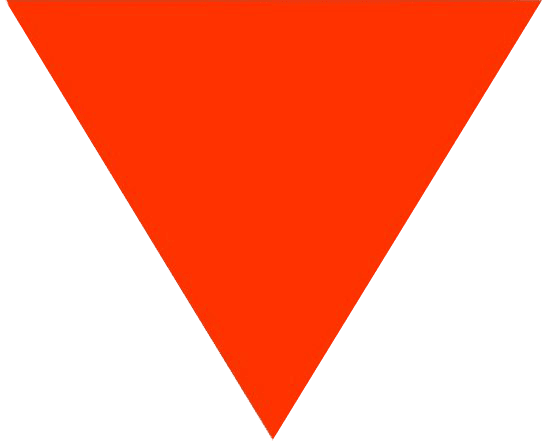At Lawntech, we know the key to a healthy lawn is healthy soil but naturally overtime the soil in our lawn will become compacted.
Just as us humans do; your lawn needs access to air and water to survive. When the soil in your lawn becomes compacted, there is no space to hold moisture and air within, so your lawn is unable to absorb vital oxygen, water, and nutrients it needs to allow it to breathe.
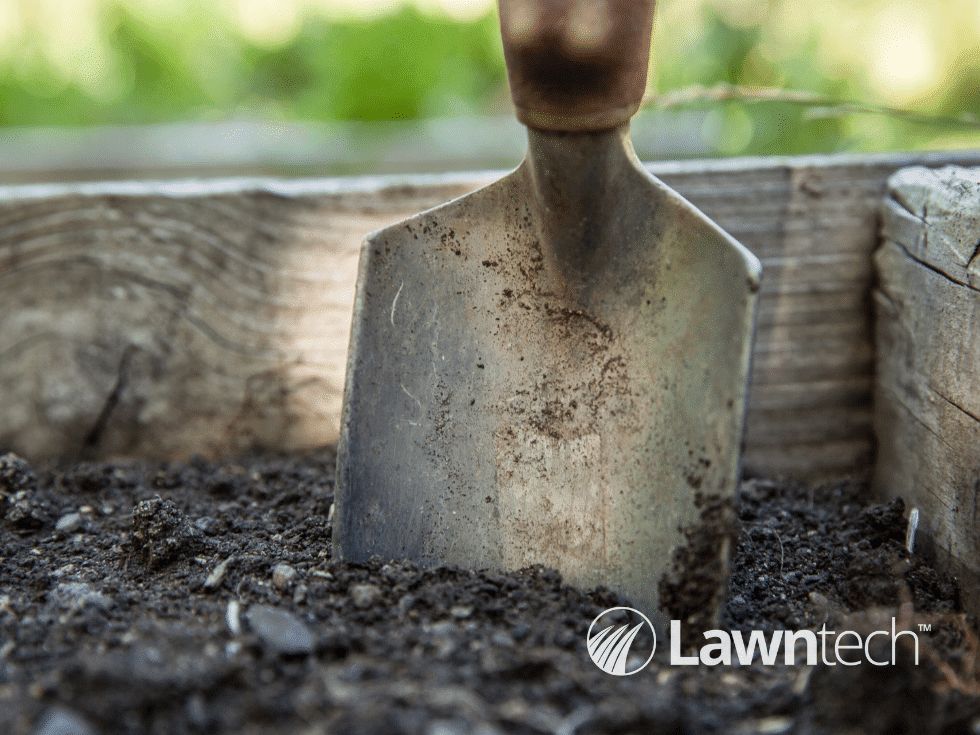
Naturally overtime, the soil in your lawn will become compacted. It’s important to know the signs and understand why you need to take good care of your soil to sustain a healthy lawn.
Why does a lawn become compacted?
Whilst a compacted lawn is a bigger problem for public spaces such as parks and playing fields that see heavy foot traffic, our gardens aren’t exempt.
Whether it’s mowing the grass, the children having a garden game of football with friends or our playful pets enjoying their outdoor enclosures, the main reason for lawns to become compacted is through use. Intense foot traffic squash the soil particles so tightly together that the soil can’t soak in air, water, or nutrients that the lawn needs to thrive.
However, this isn’t a reason to shut your mower away, pack up the goal post, or pull in your pets, as this doesn’t mean we must stop using our lawns to prevent compaction. Even those lawns without much use or foot traffic, will become compacted over time from natural causes that only mother nature herself can control such as rainfall.
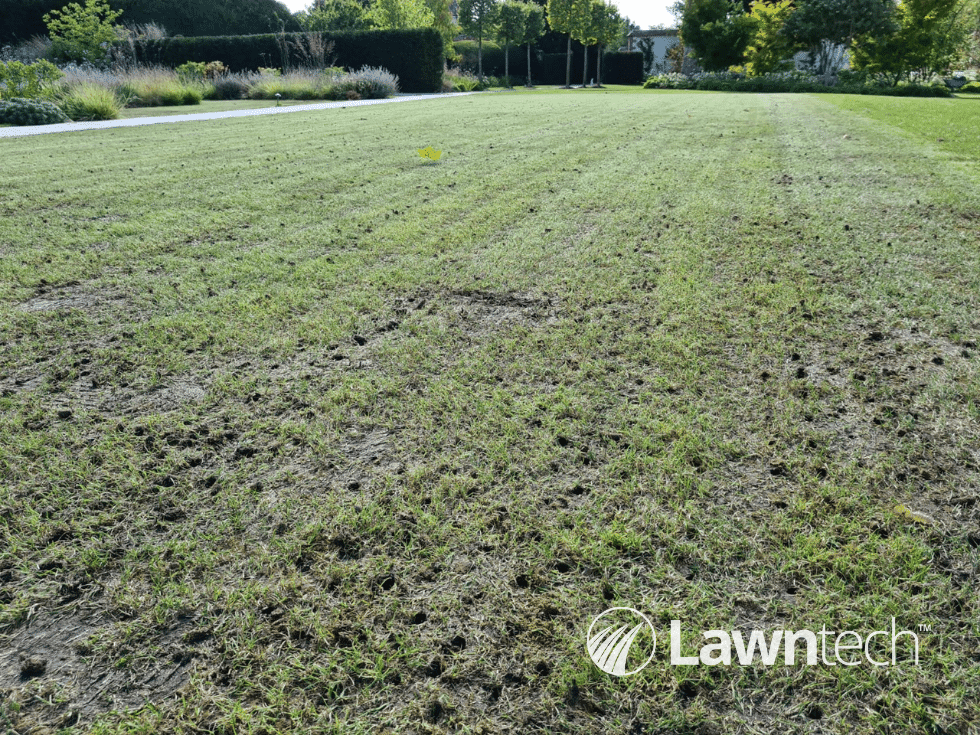
As your grass becomes weak, your lawn will begin to brown off and gradually turn visibly thinner. This is a sign your lawn may be compacted.
How can I tell if my lawn is compacted?
So how do you know if your lawn has been deprived of its vital sources? This is often easy to diagnose as the most obvious indicator your soil has become compacted is through the appearance of your lawn.
As your grass becomes weak, it will often begin to brown off and turn visibly thinner. The poor air infiltration and compaction in the soil will begin to steal the lush green appearance from your lawn.
This leads to a lawn not only lacking in its healthy, vibrant colour it once had but you may also notice the following most common signs:
A spongy thatch layer: The layer between the grass and the soil is called the thatch layer. Poor air infiltration and compaction in the soil means that the soil can’t hold the microbes and beneficial fungi the lawn needs for a natural balance of life, death, and decay. Without this, the lawn is unable to decompose its old grass plants naturally as new grass plants develop. This leads to an excess build-up of dead grass creating a spongy thatch layer in your lawn.
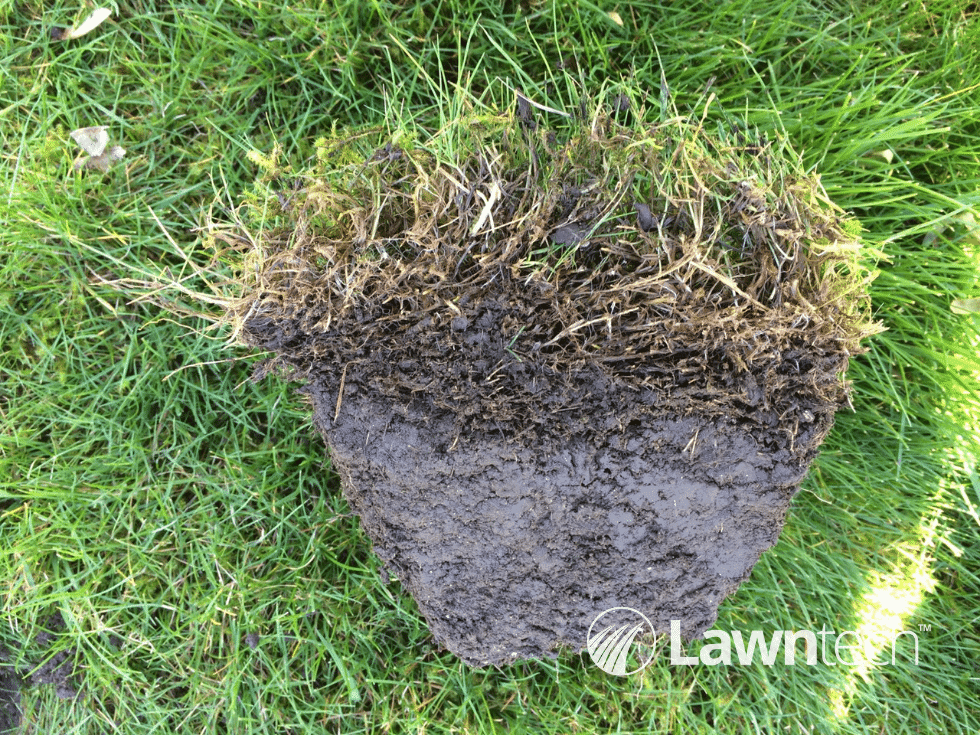
A soft, spongy thatch layer occurs when your lawn is experiencing poor air infiltration and compaction in the soil.
Bare areas of lawn: Bare, thin, and patchy areas of lawn where not even weeds will grow.
Hard soil: With the lack of water penetrating the soil, you will find a compacted lawn will be lacking moisture creating hard areas of soil. If your shovel or trowel is unable to pierce through the lawn, it is likely the soil is compacted.
Waterlogged lawn: Puddling of water in low areas of your lawn occurs if water sits on the surface of your lawn and drains slowly as the soil is so tightly packed it has no room for the water to drain through it.
Runaway water: On compacted soils water is generally applied faster than it can soak into the soil so on high areas of lawn you will notice the water runs off quickly.
No sign of worms: Worms in your lawn needn’t be a sign of worry, in fact there is a lot of good these little guys can do. Worms naturally aerate your lawn and improve the soil structure. They are attracted to healthy soil that contains high levels of organic materials, so if you are lacking sightings of worms in your soil, it’s likely they gave up on your lawn a long time ago!
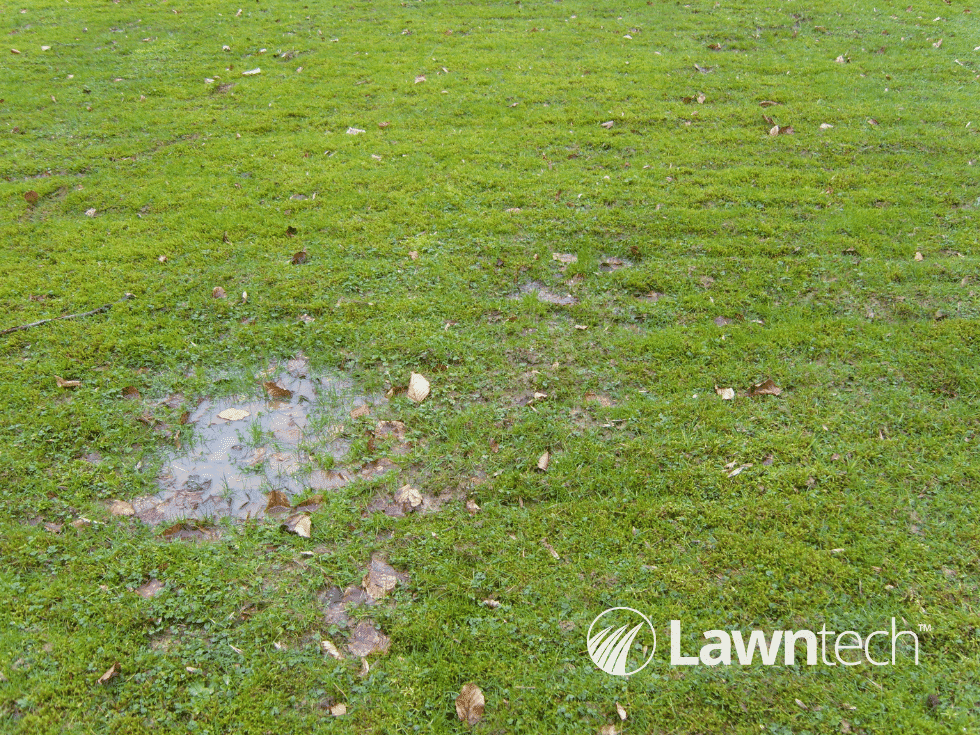
If your soil is compacted, there is no room for rainfall to drain through so puddling will occur in low areas of your lawn.
How can I relieve a compacted lawn?
For a healthy soil and to keep your lawn in good condition, at Lawntech, we recommend your lawn has an Aeration every year.
This is a mechanical process carried out by specialist machines which make small holes in your soil deep enough to allow the absorption of air, water, and vital nutrients the soil needs to relieve compaction. A lawn aeration makes it easier for you grass roots to soak up these essentials which encourages them to grow healthily. Without an aeration, nutrients such as fertilisers may not penetrate the soil properly and therefore will be unable to reach your grass roots.
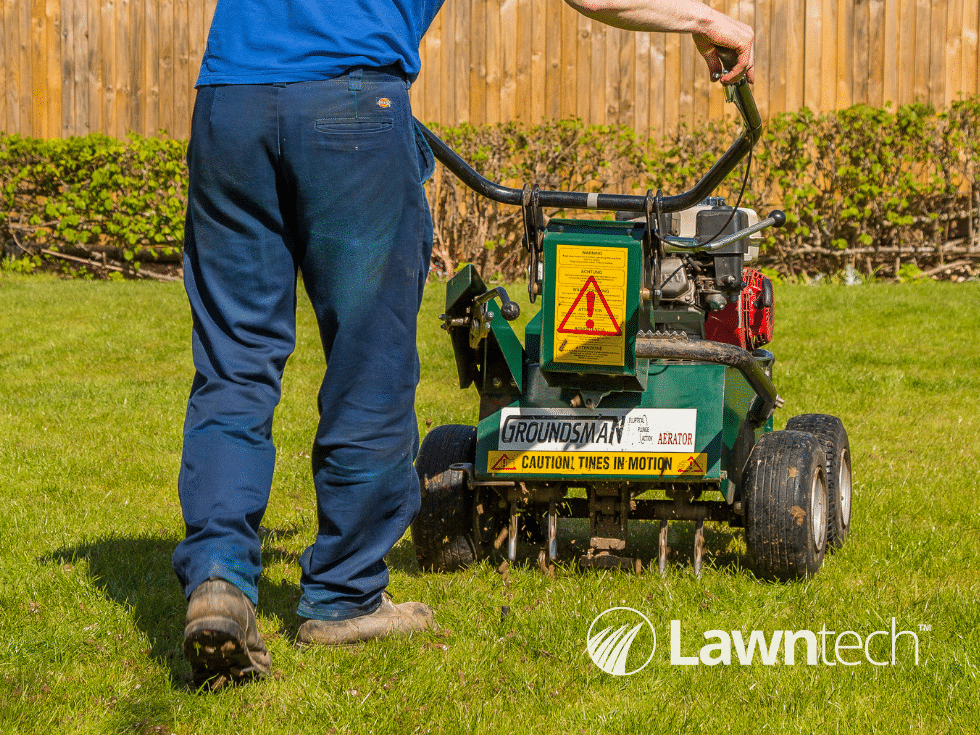
A lawn aeration each year will relieve your soil of compaction allowing the absorption of vital oxygen, water and nutrients for a healthy lawn.
Making the time to take care of your soil is the key to a healthy lawn. An aeration in the Spring or Autumn is the best time to do this. For more aeration advice from our experts at Lawntech visit our helpful guide here or for your free, no-obligation quote, you can contact us today.


